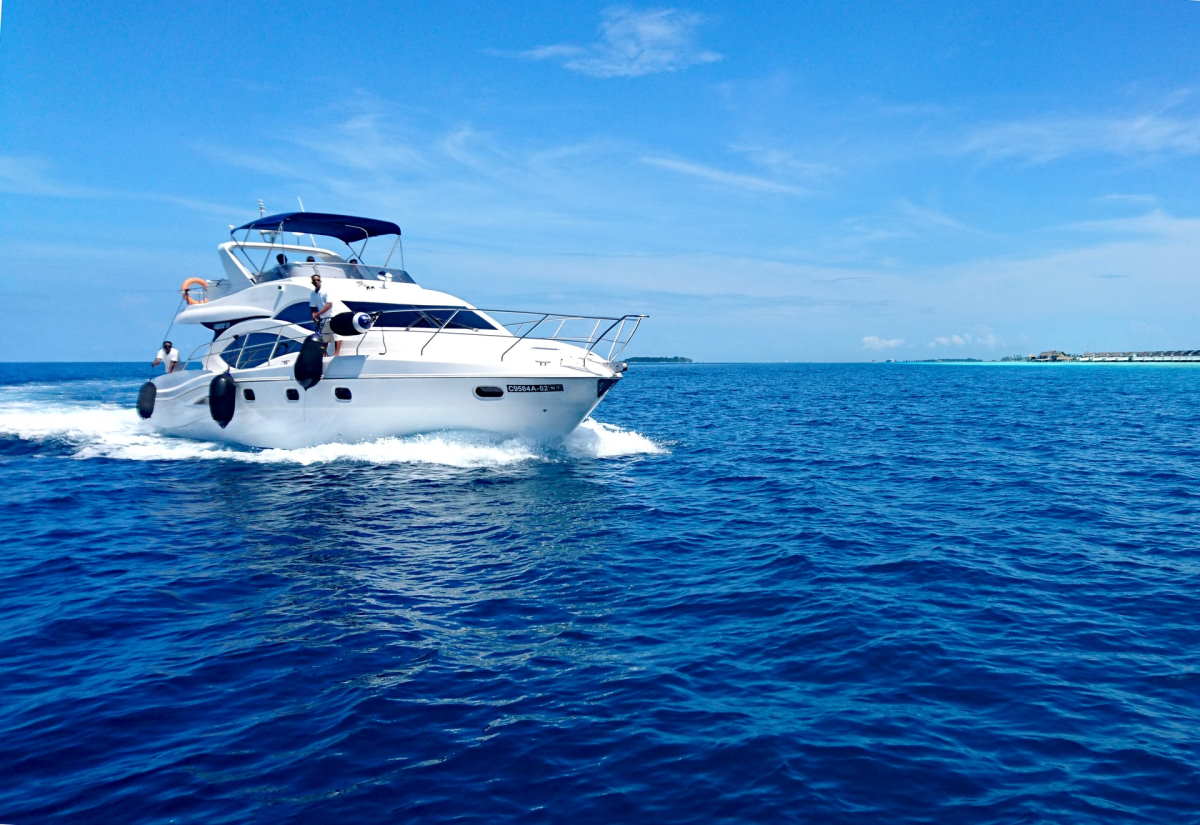Cruising on open waters comes not just with its triumphs but also with challenges. This article will provide you with crucial tips for navigating the world of boat ownership. Continue reading →
Being a new luxury boat owner can be an exciting experience that marks the beginning of endless sea adventures and relaxation for you and your loved ones. Cruising on open waters comes not just with its triumphs but also with challenges. Nevertheless, such experiences have provided seasoned boaters with crucial insight and knowledge they can share with first-time boat owners. Whether you are a boating enthusiast or a recreational fisher who purchased a boat to enable you to pursue your passion, this article will provide you with crucial tips for navigating the world of boat ownership.


Regular maintenance can be a hassle for new boat owners. To help make it more manageable, outline your maintenance tasks and devise a schedule with reminders and timelines for specific maintenance activities. Ensure you keep records of the maintenance tasks you perform so that you can stay organized and avoid missing crucial deadlines. Engine and hull maintenance is an essential part of routine boat maintenance, and they involve spark plug replacement, oil and filter changes, and regular cleaning of the hull with fresh water and a suitable hull cleaner to prevent stains or build-up.
You also want to protect the hull from damage caused by UV rays by waxing it. Since the bottom of boats is constantly exposed to water, algae and barnacles can grow on them and cause damage. So, you want to apply antifouling or bottom paint to prevent this from happening. How often your boat would need antifouling treatment depends on the temperature of the water you sail in and store your boat. Nevertheless, antifouling is generally recommended every 12 months.
Check and maintain your electrical systems routinely by inspecting and tightening electrical connections, replacing damaged fuses, and ensuring your batteries are charged. Also, check the fluid levels of your steering system and refill when necessary to ensure your vessel operates smoothly and safely.
Winterizing is the process of getting your boat ready for long-term storage. This is especially crucial if you live in a climate where the lake is certain to freeze every year. Without proper winterization, water trapped in your water tank or engine block can cause extensive damage to your vessel, which can be expensive to fix. You might be left with cracked or deteriorated engine components, frozen pipes, or even damage to your upholstery. Some insurance policies include winterization as part of their coverage conditions. You could face denial of claims or loss of coverage and be held liable for damages to other people’s property if improper winterization is identified as the cause of the damage.
Although boats kept in more temperate climates are generally unlikely to have the same issue, following winterization procedures before long-term storage is still important. You can even consider it a part of your boat’s annual maintenance. It would be a simple search of boat winterization services near me, or use your boat’s owner’s manual to understand the specific winterization instructions for your vessel’s make and model.
You may need to change the engine oil and oil filter, add a fuel stabilizer to your gas tank to prevent your fuel from breaking down and forming deposits and flush and drain the cooling system. You may also need to lubricate moving parts such as steering systems, propeller shafts, and throttle controls. If you are doing it yourself, ensure you have all the required tools and supplies before you begin, such as your basic hand tools, a fuel stabilizer, water pump muff, engine fogging oil, antifreeze, and boat cover.
Safety is crucial and should be your top priority before embarking on any trip in your new vessel. Ensure you have all the needed safety gear, including signaling devices, throw-able flotation devices, fire extinguishers, life jackets, and a first-aid kit. If you haven’t already, consider taking a boating safety course before heading out into the water. It will help you understand maritime rules and prevent injury to you, the boat operator, your passengers, and other boaters around.
You also need to keep an eye on weather forecasts before your boating trip and while you are out on the water. You do not want to encounter sudden weather changes such as thunderstorms, fog, or strong winds that can create hazardous conditions and impact your safety on the water. Another crucial aspect of safety is route planning. Use official nautical charts to plan and leave important details about your travel route, travel destination, and expected return plan with a responsible individual who will not be traveling with you.
Dedicated server plans in Germany represent a solid foundation for a wide array of projects.…
Whether you're a teacher, entrepreneur, artist, or just someone looking to explore AI-powered creativity, Vidwud…
By focusing on the key elements of brand identity, developing a clear strategy, and remaining…
Hiring smart is about aligning business goals with technical leadership that can carry you through…
Ready to stop chasing empty promises and start seeing real results? It's time to make…
Outsourcing to a reliable IT support provider is not just a cost-saving measure—it’s a strategic…